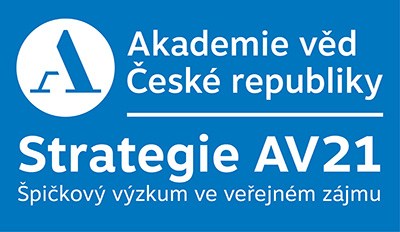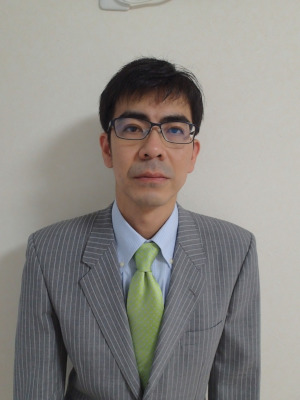Přednáška "Phase visualization in multiphase steel by scanning electron microscopy at near zero eV"
Ve čtvrtek 11. dubna 2019 v 10.30 v přednáškovém sále ÚPT AV ČR proběhne přednáška významného japonského vědce Dr. Tomohiro Aoyama ze společnosti JFE Steel Corporation, oddělení výzkumu a analýzy na téma "Phase visualization in multiphase steel by scanning electron microscopy at near zero eV".
Dr. T. Aoyama úzce spolupracuje s oddělením Elektronové mikroskopie ÚPT AV ČR, konkrétně se skupinou Mikroskopie pro materiálové vědy, jejíž vedoucí skupiny je Dr. Šárka Mikmeková. V rámci návštěvy Dr. T. Aoyamy je plánován workshop, který proběhne za přispění projektu AV21, program Diagnostické metody a techniky, téma - Charakterizace pokročilých materiálů pomocí nekonvenčních metod elektronové mikroskopie, jehož je Dr. Š. Mikmeková vedoucím řešitelem.

Phase visualization in multiphase steel by scanning electron microscopy at near zero eV
Tomohiro Aoyama, JFE Steel Corporation, Japan
Recent results regarding to a scanning electron microscopy (SEM) at near zero eV will be presented after a brief introduction about JFE Steel Corporation and our activities in characterization and analysis. In recent years, microstructures in steel have become more complicated and they are very important rolls for their mechanical properties. In this talk, I will show an observation technique by super low energy (SLE) SEM at below 5 eV and explain its contrast mechanism for analyzing complex microstructures of a multiphase steel consisting of ferrite, martensite and austenite. With SLESEM at 1 eV, these three phases were observed as different brightness levels; ferrite as the darkest contrast, martensite as the second brightest and austenite as the brightest. These contrasts disappeared at 2 eV or higher landing energy. Similar contrasts and phenomena were also observed in the results of a low energy electron microscopy (LEEM) observation. According to the energy dependences of the LEEM intensities of the three phases, threshold energies of the transition from electron reflection to surface impact were determined to be 0.00 eV, 0.15 eV and 0.39 eV for ferrite, martensite and austenite, respectively. Therefore, it is considered that the mechanism of contrast is due to differences in the surface potentials. The origin of the surface potentials are probably due to contact potentials generated when phases with different work functions contact each other. It is also supposed that the surface potentials can affect to incident electrons through the native oxide layer and adsorbed molecules on the sample surface. Tomohiro AOYAMA, Dr. of Eng., senior researcher, JFE Steel Corporation
Tomohiro AOYAMA, Dr. of Eng., senior researcher, JFE Steel Corporation
2006-present: Researcher/Senior Researcher, Analysis & Characterization Research Dept., Steel Research Laboratory, JFE Steel Corporation, 2004-2006: Postdoctoral Fellow, IMRAM, Tohoku Univ., Japan, 2006: Ph.D., Dept. of Quantum Eng., Nagoya Univ., Japan.
Research interests: initial stage of surface/interface reaction, surface analysis, scanning electron microscopy











